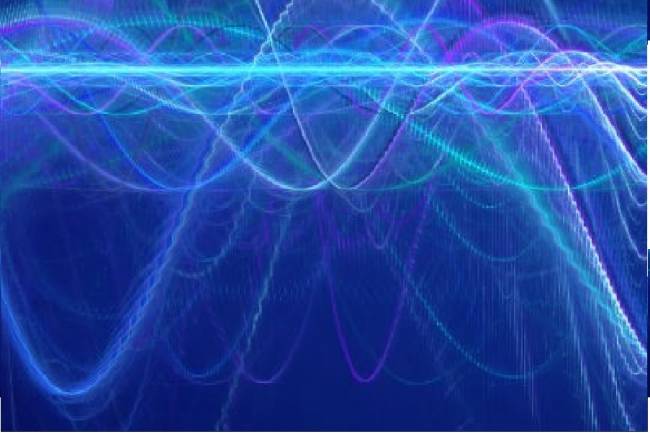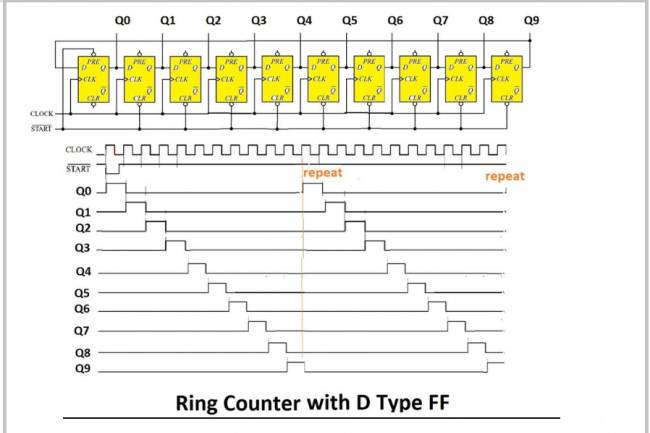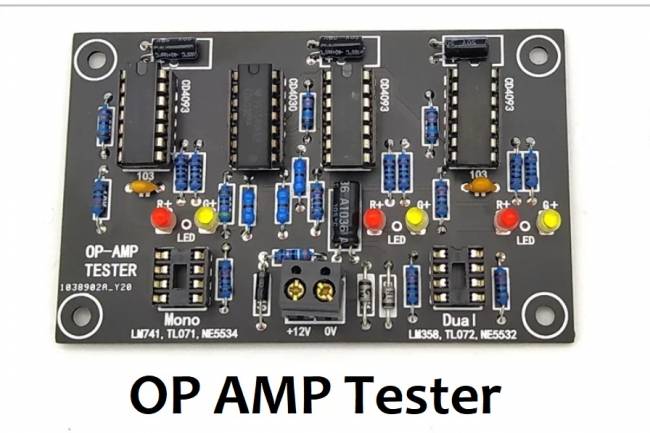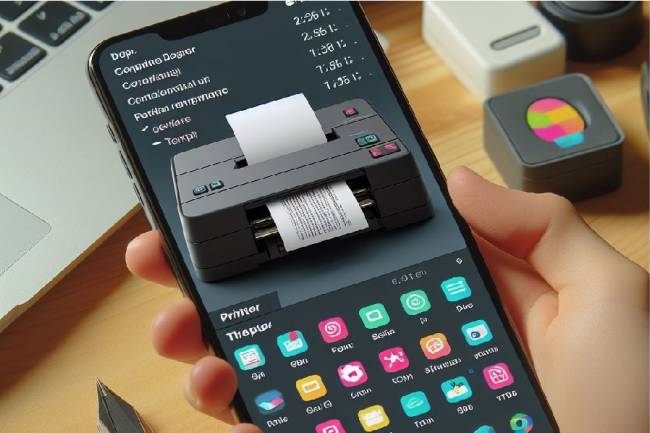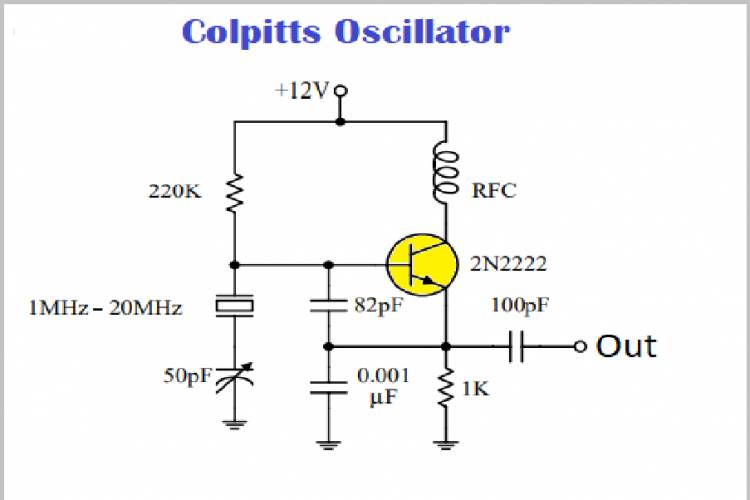
What is Colpitts oscillator? What are the Working Principles?
Colpitts oscillator is a type of ballpoint oscillator used in many electronic applications.
Inductor and Capacitors: The basic structure of the Colpitts oscillator includes an inductor (L) and two capacitors (C1 and C2). These components play the main role in creating the oscillation. Generally, capacitors C1 and C2 are of equal size.
Transistor: An active component, a transistor (usually a bipolar transistor), is the driver of the Colpitts oscillator. A voltage is applied to the base of the transistor, and this voltage causes the oscillation to start.
Feedback: An important feature of the Colpitts oscillator is that it works with a feedback circuit. Feedback allows a signal to be reintroduced into the circuit, some of which is fed back to the output. This feedback ensures that the oscillation is maintained and continues steadily.
Frequency Determination: The output frequency of the oscillator depends on the values of the L, C1 and C2 components, the properties of the transistor and the setting of the feedback. The values of these components determine the frequency of the oscillation. Capacitors C1 and C2 are used to determine the resonant frequency of the oscillator.
Working Principles: Operation is based on the transistor switching alternately between the conduction region and the cut-off region. The voltage applied to the base of the transistor is transmitted to the feedback circuit through capacitors C1 and C2. This feedback enables the oscillation to begin and continue. Inductors and capacitors allow energy to be stored and a wave of varying frequency produced.
Output: The output of the Colpitts oscillator is in the form of a sine wave that oscillates at a specific frequency. This output signal can be used as a frequency-fixed clock source in other circuits or for signal generation.
Colpitts oscillator is a type of oscillator commonly used in RF (Radio Frequency) applications and electronic circuits. It provides stable generation of frequency and is therefore found in many applications such as radio receivers, transmitters and other wireless communication devices.



